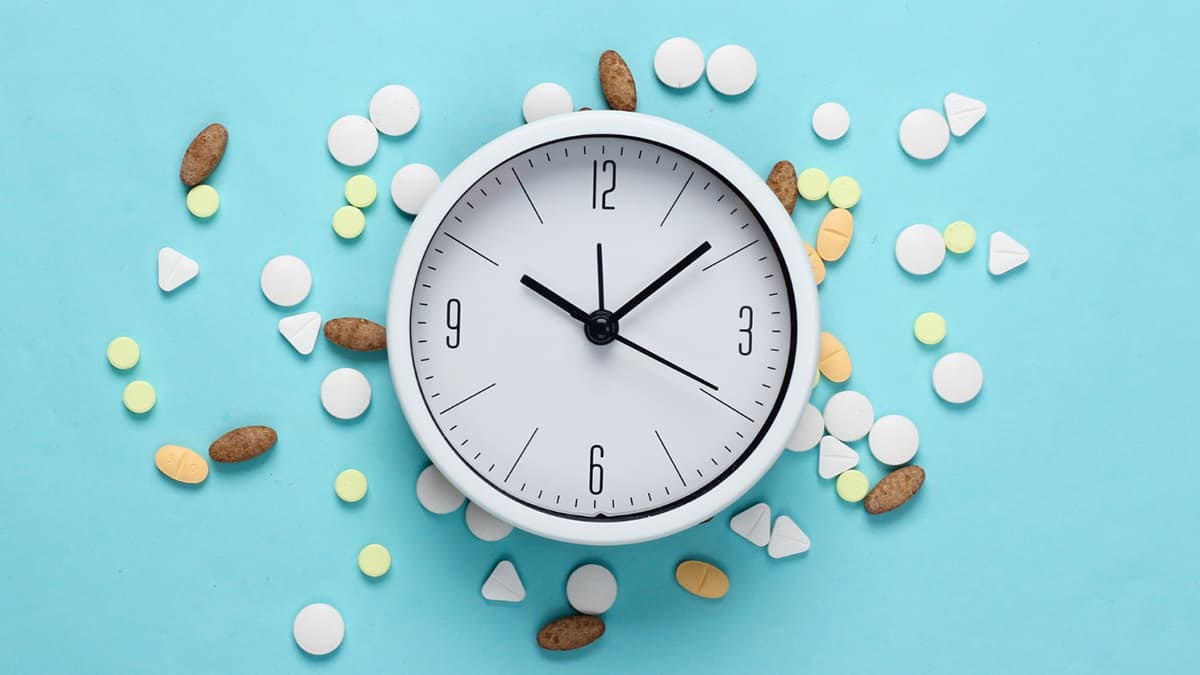Divorce, often perceived as just a legal dissolution of marriage, can bring about a whirlwind of emotions. While it’s natural to feel a sense of loss or sadness, these feelings can sometimes deepen into a state known as post-divorce depression.
In this article, we’ll delve into understanding post-divorce depression — its symptoms and ways to navigate through this challenging time, especially when you feel dead inside.
What is post-divorce depression?
Post-divorce depression, while not a clinical diagnosis, refers to a state of prolonged sadness and mental distress that occurs after the end of a marriage.
Unlike the usual emotional turmoil that accompanies a significant life change, this form of depression is more profound and more persistent.
Signs of post-divorce depression
Identifying post-divorce depression can be challenging, as it often masks itself as typical post-breakup sadness. However, certain signs can indicate that what you are experiencing is more than just transient grief:
Prolonged sadness:
While it’s normal to feel sad after a divorce, post-divorce depression is marked by an intense and prolonged period of sadness. This isn’t just a bad day; it’s a consistent feeling that doesn’t improve with time.
Loss of interest in activities:
If you find yourself losing interest in activities that you once enjoyed, it could be a sign of depression. This might include hobbies, socializing, or even simple daily tasks.
Fatigue and lack of energy:
Feeling constantly drained, even without physical exertion, can be a sign of post-divorce depression. This fatigue often makes it hard to manage daily tasks.
Changes in appetite or weight:
Significant changes in eating habits, whether eating too much or too little, can be a sign of depression. These changes often lead to noticeable weight gain or loss.
Sleep disturbances:
Difficulty sleeping or oversleeping are common in people suffering from depression. You might find yourself lying awake at night or sleeping excessively but still tired.
Difficulty concentrating:
You may notice a decreased ability to focus, make decisions, or remember things. Tasks that used to be simple can seem overwhelmingly complex.
Physical symptoms:
Depression can manifest physically, causing symptoms like headaches, digestive issues, or chronic pain without a clear medical cause.
Thoughts of death or suicide:
In severe cases, post-divorce depression can lead to thoughts of death or suicide. This is a serious sign that immediate professional help is needed.
Strategies to cope with post-divorce depression
Dealing with post-divorce depression involves a blend of self-care, support, and sometimes professional intervention. Here’s what to do if you feel dead inside:
Engage in physical activity:
Exercise is beneficial not only for physical health but also for mental well-being. Walking, yoga, or any exercise can help release endorphins, boosting mood and energy levels.
Prioritize self-care:
Make time for activities that nurture your well-being. This could be as simple as reading a book, taking a warm bath, or practicing meditation and mindfulness.
Focus on nutrition:
A balanced diet can significantly impact your mental health. Foods rich in omega-3 fatty acids, whole grains, and lean proteins can help boost mood and energy levels.
Seek social support:
Stay connected with friends and family. Social interaction can provide emotional support and a sense of belonging, which is crucial in combating feelings of isolation.
Rediscover your individuality:
Take this time to rediscover who you are outside of your past relationship. This might involve exploring your interests, values, and aspirations that were put aside during your marriage.
Journaling:
Writing down your thoughts and feelings can be a therapeutic way to process your emotions. It can clarify and help you better understand and manage your emotional state.
Set realistic goals:
Setting small, achievable goals can build confidence and a sense of accomplishment, helping to counter feelings of worthlessness or failure.
Volunteer work:
Volunteering can provide a sense of purpose and fulfillment. Helping others can also offer a new perspective on your situation.
Establish a routine:
Creating a daily routine can give a sense of structure and normalcy. This can include regular meal times, exercise, and dedicated periods for work and relaxation.
Avoid unhealthy coping mechanisms:
Be mindful of excessive alcohol consumption, drug use, or self-isolation. While these might seem to offer a temporary escape, they can exacerbate depression in the long run.
Be patient with yourself:
Healing from post-divorce depression takes time. Be patient and kind to yourself, recognizing that recovery is gradual.
Seeking help for post-divorce depression
Addressing post-divorce depression often requires more than self-help strategies. If you find your symptoms persistently interfering with your daily life, or if feelings of despair and hopelessness become overwhelming, it’s time to consider professional help:
Therapy and counseling:
A mental health professional can offer therapy or counseling, providing a safe space to discuss your feelings and concerns. Therapies like Cognitive Behavioral Therapy (CBT) are particularly effective in treating depression, helping to change negative thought patterns and behaviors.
Medication:
In some cases, medication may be recommended to manage symptoms of depression. Antidepressants can be effective, especially when combined with therapy. Discuss this option with a healthcare professional to understand the benefits and potential side effects.
Support groups:
Joining a support group can be incredibly beneficial. Sharing your experiences with others who are going through similar situations can provide comfort and insights. It also helps in reducing feelings of isolation and loneliness.
Holistic approaches:
In addition to traditional therapy, holistic approaches like acupuncture, yoga, and massage therapy can complement your treatment plan, helping to reduce stress and improve overall well-being.
Final thoughts
Divorce, undoubtedly, can be a life-altering event, but it also presents an opportunity for personal growth and resilience.
Every step you take towards healing, whether seeking therapy, joining support groups, or engaging in self-care activities, is a testament to your strength and ability to overcome adversity. There is hope in every new day, and with time, you’ll find joy and fulfillment again.








Leave a Reply
You must be logged in to post a comment.